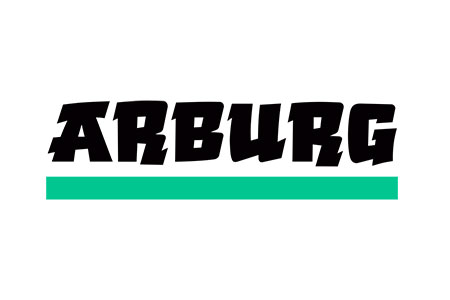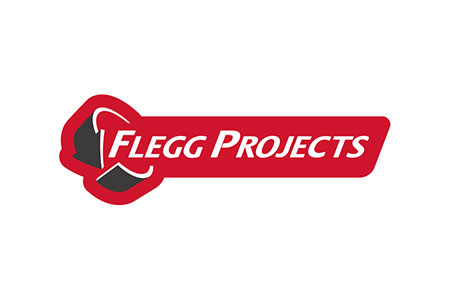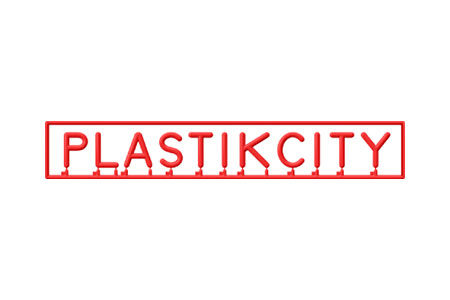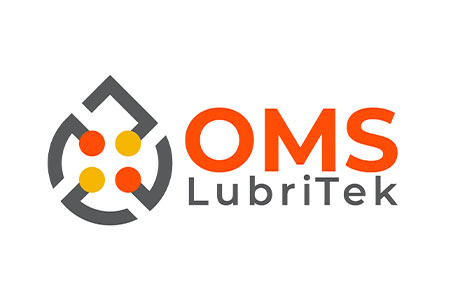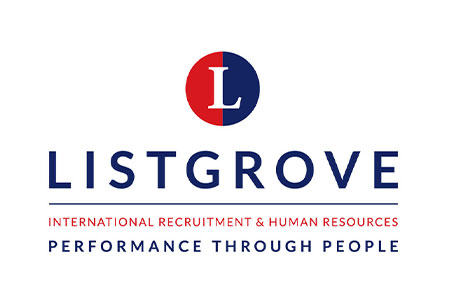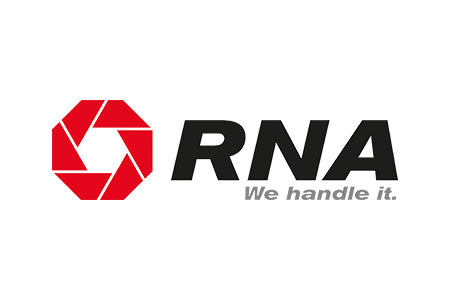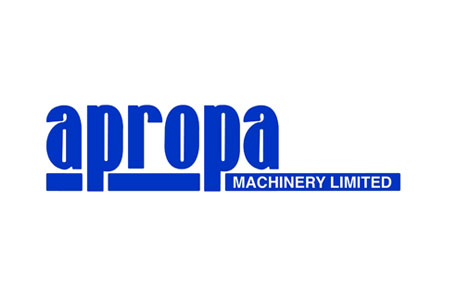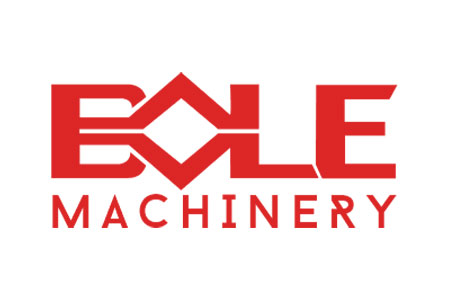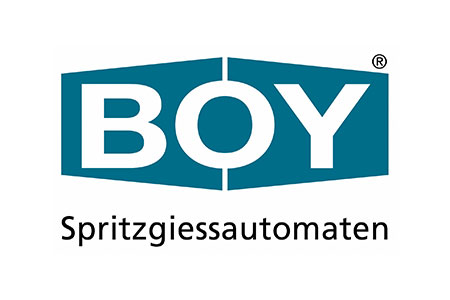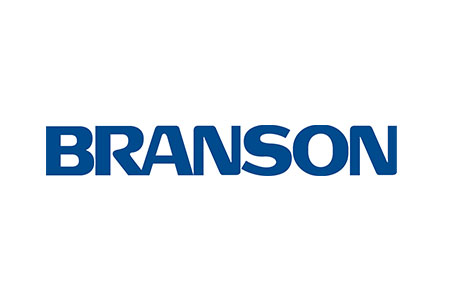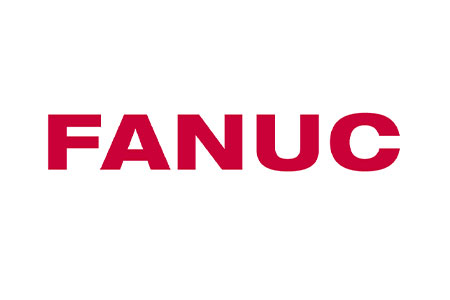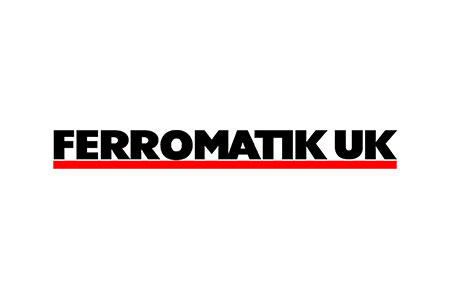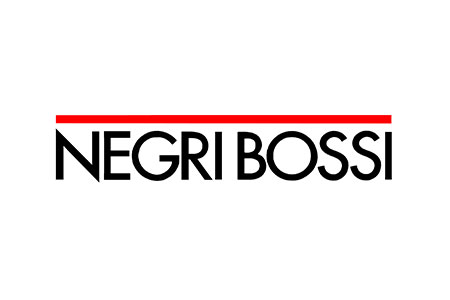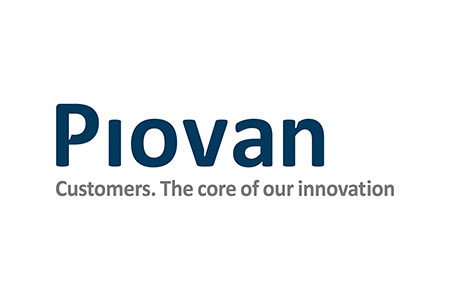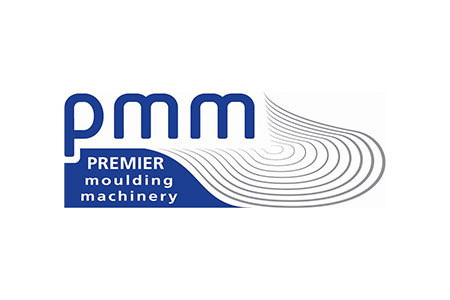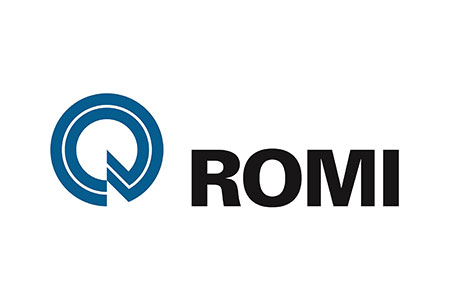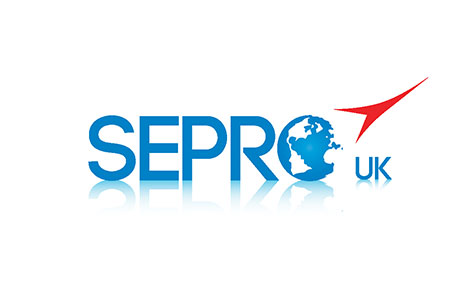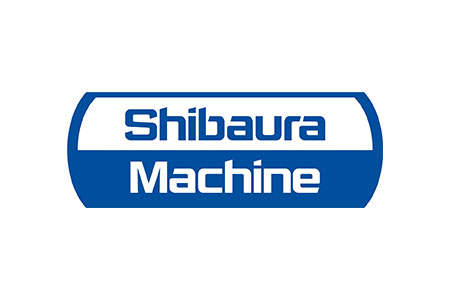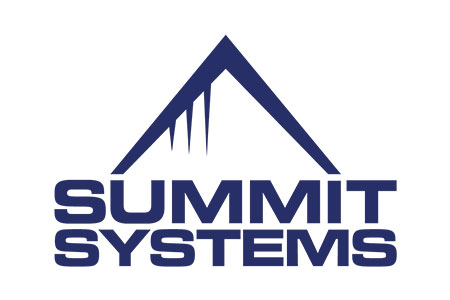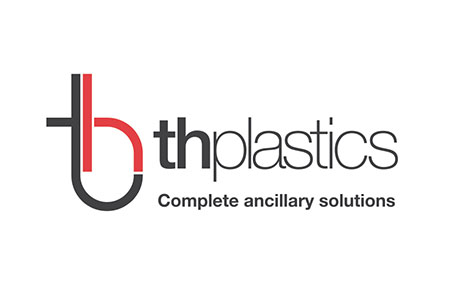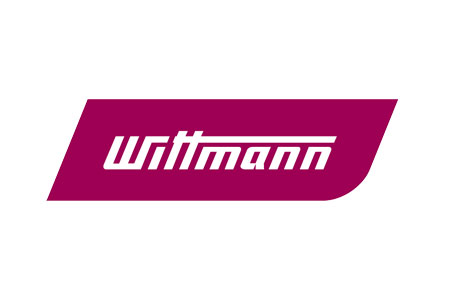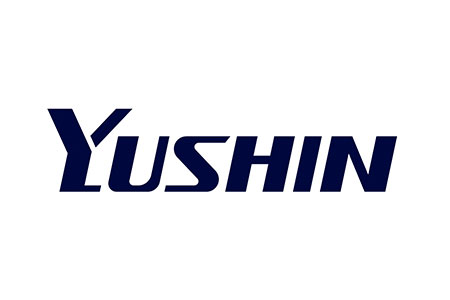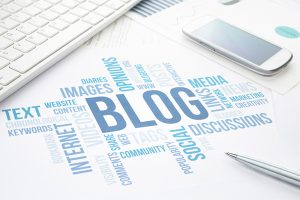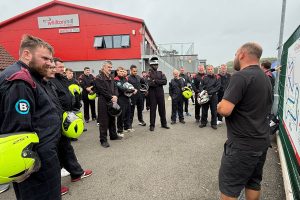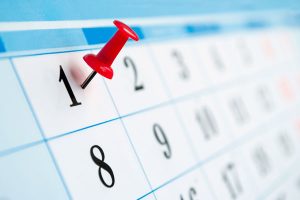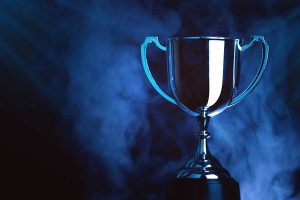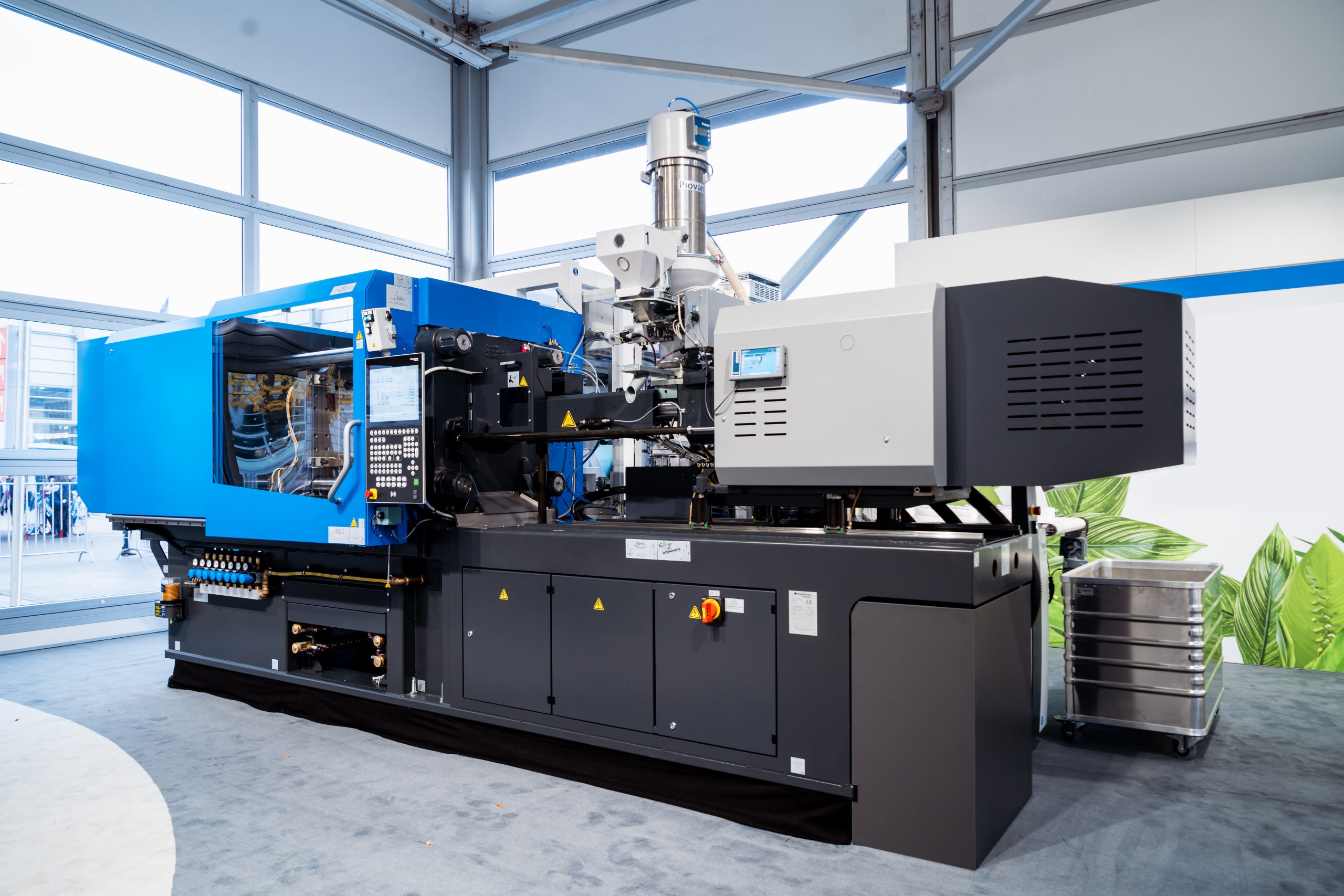
Our Guide To… publications
The Guide To … series, compiled by PMMDA, is designed to provide plastics processors with a comprehensive reference to a wide range of products used across the industry. Each publication offers clear, practical information to help members make informed decisions and stay up to date with current technologies and solutions. New products and updates are continually added, so we encourage you to bookmark this page and visit regularly to take full advantage of this evolving resource.
Chillers
These guidelines are the agreed basis for the calculation of cooling capacity requirements and are expressed in kilocalories per kilogram per hour of material throughput.
Dryers
Introduction
This document has been compiled by the PMMDA to provide plastics processors with a guide to material drying and a code of practice against which dryer specifications can be measured.
The need for drying
Many thermoplastics absorb moisture during manufacturing, transport and storage. During the melt, hydrolysis can occur resulting in substandard finished products in terms of both physical properties and surface appearance. Drying prior to processing removes absorbed moisture preventing the occurrence of hydrolysis.
Granulators
Introduction
This document has been compiled by the PMMDA to provide plastics processors with a guide to recycling/granulating and against which Granulator specifications may be measured.
The Need for Granulators
Granulators are an essential element of plastics processing. The processor may make his operation profitable by re-using plastic waste, which would normally be disposed of. The benefits are: –
a. Being able to re-use expensive raw materials by feeding processed waste material through the Granulator, thereby reducing production costs.
b. Recycling post consumer waste, thereby ensuring compliance with the very latest regulations.
c. Size reduction of the waste product, thus saving disposal costs.
Mould temperature Controllers
Introduction
This document has been compiled by the PMMDA to provide plastics processors with a guide to mould temperature control and a code of practice against which mould temperature controller specification can be measured.
The Need for Mould Temperature Control
Mould temperature controllers are used to bring a connected mould (consumer) to an operating temperature, and maintain the set temperature by either heating or cooling. The benefits are:
a. Preheating the mould to production temperature
b. Optimisation of the cycle time
c. Improves product finish d. Reduced reject rate particularly during machine start up.
Robots
Introduction
This document has been compiled by the PMMDA to provide general information on Robot types and applications. People unfamiliar or with varying degrees of Robot experience will find this guide a useful aid in selecting the correct type of Robot for an application. Benefits, justifications and grippers are also covered.
Application of Robots
Robots are ideally suited to applications involving repetitive, cyclic operations. The Robot will ensure consistent cycle times and will always accurately follow the programmed paths. Inspection of parts can be carried out by vision, weight and check stations, which signal to the Robot production of good or bad parts. The Robot will continue it’s normal path for good parts and can be programmed to follow a different path for rejects. Robots are equipped with counters, which are used to count parts packed/placed or rejected.
